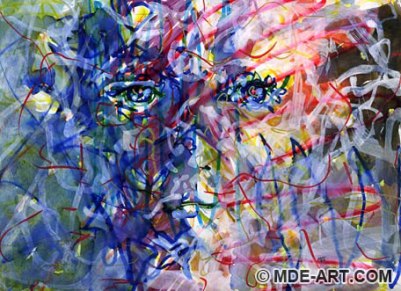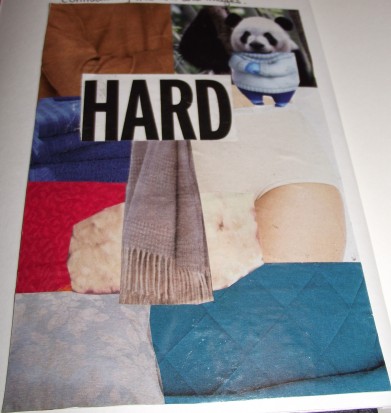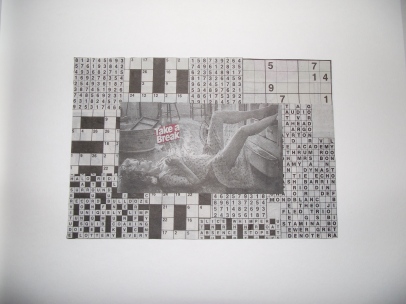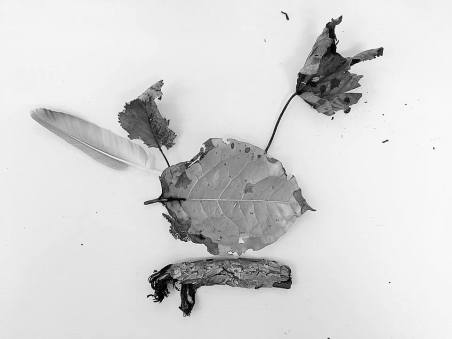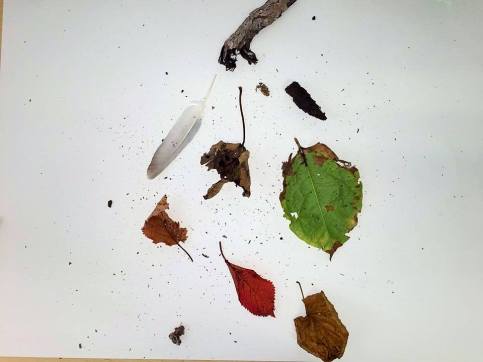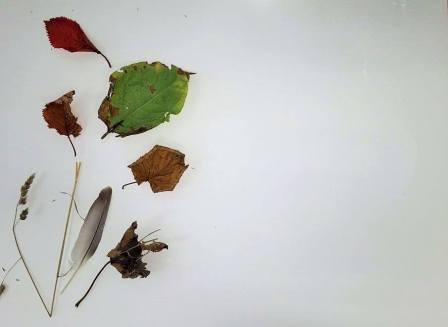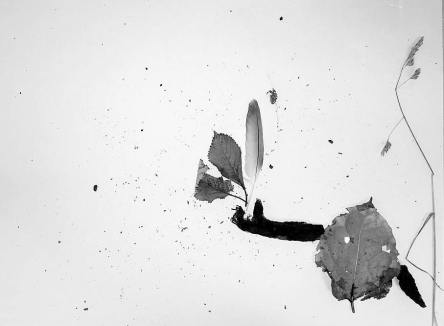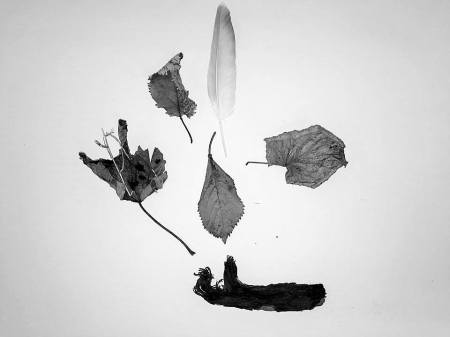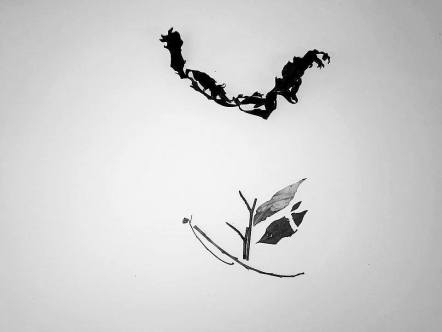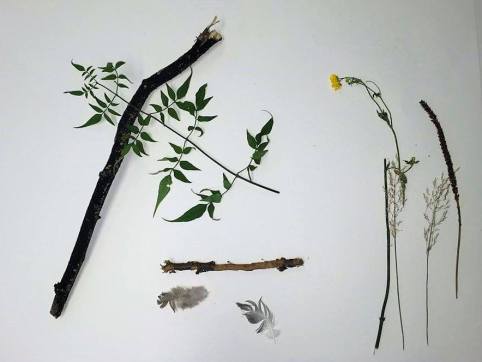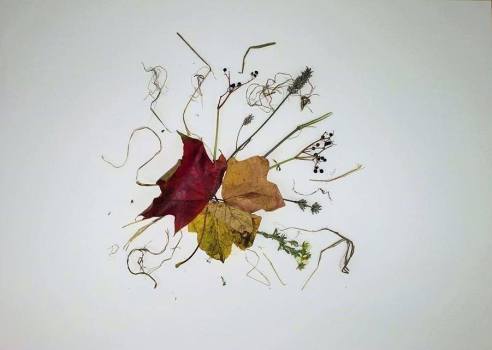On the 12th of October (Monday, 2015) I attended a presentation introducing me to the project brief entitled ‘Words and Colour’ run by Anna Bhushan one of my Illustration tutors.
What I heard and learnt from that morning’s presentation:
- Colour is very important in illustration.
- Colour wheels are simple tools to help us understand colours and how they are made.
- Our perception of colour takes place in the mind and not in the eye.
- Colour is psychological, emotional as well as perceptual.
- Colour is an important tool to communicate.
- Palettes are sets of colours and colours next to each other have a relationship with each other.
- Colours can be gentle, they can create tension.
- We reach for materials without thinking a lot of the time. I need to be now applying focused experimentation where I think before grabbing the material and I need to THINK before exploring techniques and processes.
- Colour is a communication of mood.
- Assumptions of colour for example: leaves are green, sun is yellow, tree trunk is brown, LIMITS the ability to EXPRESS! Explore being out of the Primary School Conditioning. This is one end of the spectrum of how we approach colour.
- Colours can give a sense of light, interior space, a communication of feeling, atmosphere, time of day, the season.
- Colour is an important narrative device, it is storytelling.
- Be abstract.
- Be specific and precise with your colours that you make, don’t use colours straight out from the tube. MIX COLOURS THEN USE. (Exactly what precise yellow?)
- Explore saturated and unsaturated colours and see how they sit next to each other.
- BEWARE of fixing colours with meaning! For example: Red = Danger, Blue = Sad, Yellow = Sunshine, Happy! Experiment with using different colours perhaps a yellow for danger, red doesn’t have to be approached as danger.
- Use colour as raw emotion, colours depend on the context.
- Convey information, every illustration has a purpose.
- You can explore the colours from food substances, found colours.
- Explore layering colours you can have a go at subtle complex colour print inductions for example screen printing. Perhaps opaque, typically flat colours.
- I can create sheets of colour and cut them up to apply a montage process. Cutting, arranging, play with composition, fluidity.
- USE SHAPE NOT LINE. Today look at the brief as “Shape and Colour.”
- Anna recommends that I buy myself a set of gouache paints – these paints can be both watercolour and oil paint like.
- Look at how much water can play around with translucency.
- Explore strange colour relationships.
- Explore flat and simple with just two colours minimum.
Exploring colour like this will give you inspiration about all the different approaches to illustration and it is a fundamental basic building block and excellent tool of knowledge.
This Colour and words workshop is an opportunity to play and experiment with colour relationships and palettes. I will explore the associations between words and colours and consider how important colour is for visual communication within Illustration. This week I will be basing colour palettes on everyday life and the things that I encounter.
Quotes of the Brief:
“Colour is all. When colour is right, form is right. Colour is everything, colour is vibration like music; everything is vibration” – Marc Chagall
“I found I could say things with colour and shapes that I couldn’t say any other way” – Georgia O’Keefe
“Sometimes I imagine colours as if they were living ideas, being of pure reason with which to communicate. Nature is not on the surface, it is deep down.” – Paul Cézanne
“It is the eye of ignorance that assigns a fixed and unchangeable colour to every object; because of this stumbling blocks” – Paul Gauguin
My First Activity of the Workshop: RESEARCH: ‘Library of Colours’
I and the other group two students had the instruction to go to the art section of the library and browse in the books. I had to find images that I think have an effective colour palette, particularly the following:
- An image with a naturalistic or functional colour palette.
- An image with an expressive colour palette.
- An image with a limited colour palette.
- An image with an unlimited colour palette.
- An image that doesn’t use any black.
- An image that uses flat colours.
- An image that uses painterly or textual colours.
- I had to then photograph or photocopy my findings.
- Write a blog post with reflections on how colour has been approached by the artists. Considering how the colour makes me feel and how it communicates ideas.
- Bring the images and my reflections for discussion at the process seminar on Tuesday 13th of October.
My work from Activity One:







My Second Activity: STUDIO WORKSHOP A: ‘Mixed Feelings’
For the first part of my second activity I had to write down my own personal responses to the following list of words in my sketchbook or notebook.
- A place I love
- A place I dislike
- A person I know very well
- A taste
- A time of day
- An early memory
- A month of the year
- A day of the week

I then had to mix a colour that evokes each of the words that I have written down. Being specific about the colour. Play around with different proportions and combinations, opacity and saturation of colour when mixing.







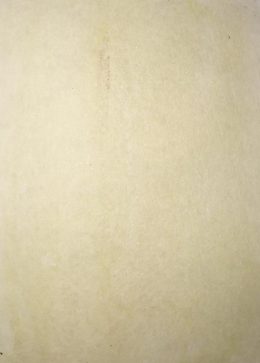
On separate pieces of paper make a colour field of each of the 8 colours that I have mixed. It was important to spend the time mixing and considering the subtly of each colour.
Rules:
- DON’T USE BLACK – use other colours to make dark shades.
- DON’T USE THE PAINT DIRECTLY FROM OUT OF THE TUBE – YOU MUST MIX EVERY COLOUR THAT YOU INTEND TO USE. Be experimental and explorative.
- Have fun!

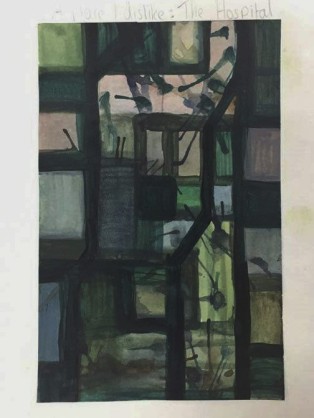
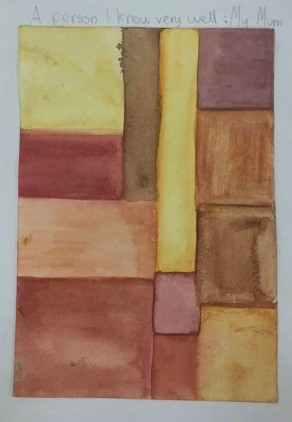





My third activity: Studio Workshop B: ‘The Colour of Saying’
Colour Palettes: I had to use my colour pages shown above as a basis to create a series of five possible palette combinations with different colours dominating the field. I could try cutting shapes from them, remixing colours or I could add new colours. I was suggested to play around with various combinations, try out limiting the palette and see how shape and colour affect each other.


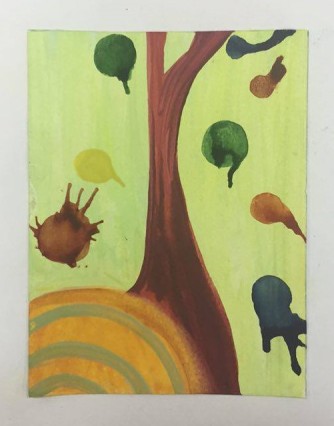


I was then instructed to take the text extracts provided, cut them up, take single words, phrases or paragraphs and combine them with my favourite colour studies. I had to consider the relationship between the words and colour.



